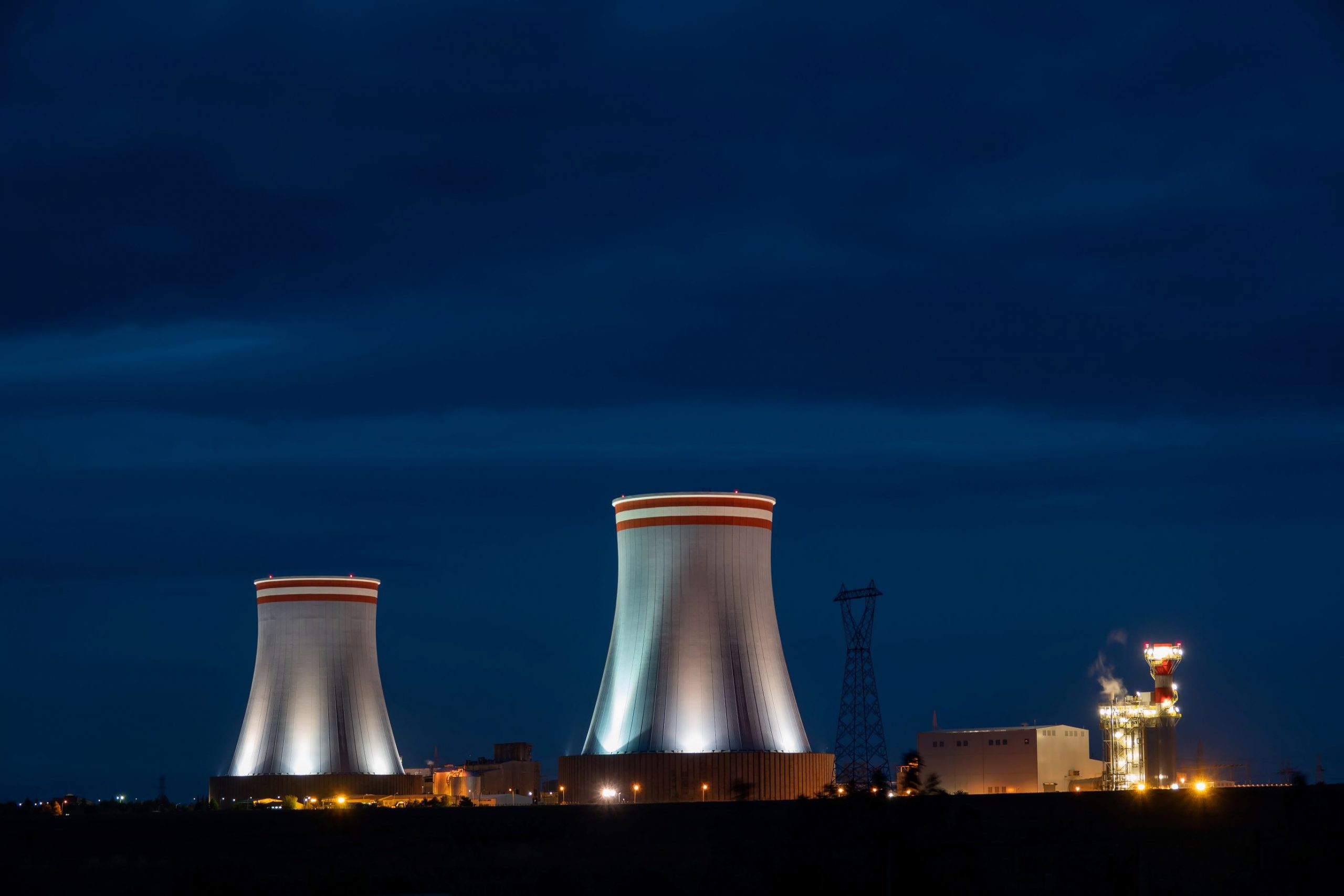Brian McCowan, Zondits staff, 12/19/2023
Just as the Biden administration announced a new international effort to expand nuclear power generation (https://phys.org/news/2023-12-triple-nuclear-power-cop28.html), a key project toward reviving nuclear power in the U.S. has been canceled due to cost overruns. The Carbon Free Power Project (CFPP), designed by NuScale Power, was to be the first of its kind; a cluster of small modular reactors (SMRs) installed at a single site. The project was to be financed by the Utah Associated Municipal Power Systems (UAMPS) partnered with community-owned power systems in seven states, with additional funding from the U.S. Department of Energy. However, as construction estimates grew to $9.3 billion; more than double initial projections, UAMP members began dropping their support.
News of the project’s demise is being met with mixed reactions amongst clean power advocates. One school of thought is that nuclear power needs to be a significant component in reducing greenhouse gas emissions. Others point to the growth of the wind, solar, and storage industries and worry that nuclear power development will divert focus from renewable energy.
Mason Baker, CEO and general manager of UAMPS said in a press statement, “This decision is very disappointing given the years of pioneering hard work put into the CFPP by UAMPS, CFPP LLC, NuScale, U.S. Department of Energy and the UAMPS member communities that took the leadership role to launch the CFPP. We still see a future for new nuclear, but in the near term, we’re going to focus on … expanding our wind capacity, doing more utility-scale solar, and batteries.”
According to the energy industry newsletter, EnergyTech (https://www.energytech.com/distributed-energy/article/21277173/nuscale-power-and-utah-cooperative-terminate-small-nuclear-carbon-free-power-project) the SMRs planned for the Carbon Free Power Project’s six modules would have generated 462 MW of zero-carbon electricity. The project was to be sited on federal land in Idaho.
Although the canceling of CFPP is seen as a setback for SMR progress, NuScale, has other projects in various planning stages. “Our work with CFPP over the past 10 years has advanced NuScale technology to the stage of commercial deployment; reaching that milestone is a tremendous success which we will continue to build on with future customers. NuScale will continue with our other domestic and international customers to bring our American SMR technology to market and grow the U.S. nuclear manufacturing base,” according to NuScale CEO and President John Hopkins.
NuScale was founded over 20 years ago and supported by DOE-funded research at Oregon State University, and the Idaho National Laboratory (INL). NuScale’s other potential projects include partnering with several energy project developers in the U.S., Europe, and Asia.
The SMR approach is seen by some as a cost-effective and safer alternative to utility-scale conventional nuclear plants and as a piece of the solution to decarbonizing the power sector. Recent opinion pieces published in https://www.realclearenergy.org and various energy trade publications have also pitted SMRs against renewable energy sources, including wind and solar, typically observing that the sun does not always shine and the wind does not always blow.
SMR detractors question the economic feasibility of additional advanced reactors, including SMRs, considering the project’s demise. David Schlissel of the Institute for Energy Economics and Financial Analysis reacting to the news, said, “The communities and their ratepayers have avoided a giant financial debacle.” And Edwin Lyman, a physicist and director of nuclear power safety at the Union of Concerned Scientists said, “There’s plenty of reasons to think [the other projects] are going to be even more difficult and expensive,” observing that the NuScale design was more conventional than other proposed advanced reactors. The SMR design relies on water-cooling and low-enriched uranium fuel, just as the currently operating large reactors do.
The conventional approach allowed the project to gain Nuclear Regulatory Commission (NRC) approval ahead of other advanced reactor designs, and the agreement to host the project on federal land avoided a lengthy permitting process that has plagued the nuclear industry for decades.
Jacopo Buongiorno, a nuclear engineer at the Massachusetts Institute of Technology, was reported in https://www.science.org as stating that the NuScale design relies on a double-wall containment vessel that requires large amounts of reinforced concrete, the cost of which has soared in recent years. “In terms of tons of reinforced concrete per megawatt of power, NuScale’s design is off the chart,” states Buongiorno. Yet Buongiorno says he wouldn’t read NuScale’s failure as a verdict on all advanced reactor designs. “I would steer clear of broad-stroke comments in terms of cost,” he says.
The DOE, research laboratories, and private industries continue to work toward a new generation of reactors that could revive the nuclear power industry here in the U.S. and abroad. Zondits will follow these developments.
Read more here:

